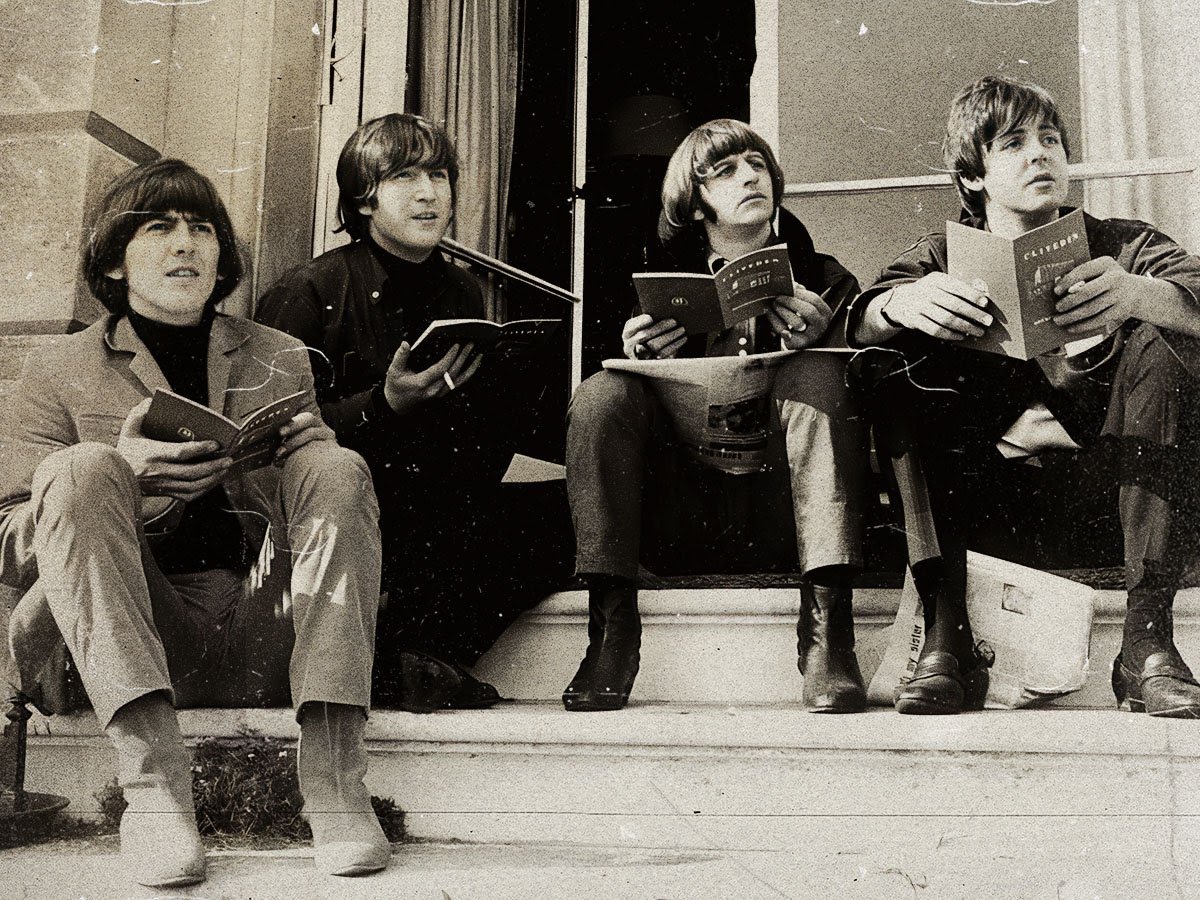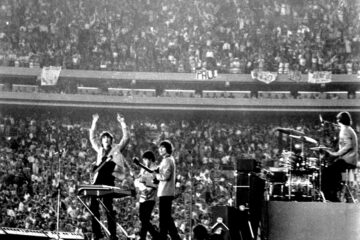As the story goes, ‘Peace of Mind’ is a lost Beatles bootleg, supposedly recovered from a rubbish container at Apple Records headquarters in 1970. Sometimes titled ‘The Candle Burns’, the song was attributed to a 1967 recording by The Beatles and has divided fans and experts on its origin since its discovery.
Allegedly a demo with a lead vocal courtesy of John Lennon, the mysterious track is said to feature harmonies from Paul McCartney and George Harrison, with some rudimentary guitar picking and a backward tape-looped vocal intro. The quality of the sound led fans to think it was a home-produced demo, and once it fell into the hands of nifty bootleggers, appeared on a number of Beatles bootlegs throughout the 1970s and ’80s, including the much sought-after 20 X 4.
‘Peace of Mind’ has been welcomed by Beatles fans as a rare artefact of the band’s most psychedelic era, but its murky musical quality and non-sensical lyrics (“I’m looking at the candle, burns a flame to meet the sky / I leave the candle laughing, I turn my face to cry / A safety pin returns my smile, I nod a brief hello / While you are building molecules with your gung ho”), have encouraged their own theories about the song’s origins.
Some claim it’s a lost Syd Barrett track, and has notably made an appearance on some Pink Floyd bootlegs too. Others point to The Pretty Things or White Trash, the Apple Records signed band that briefly recorded with the label in 1969. The potential involvement of White Trash could explain the so-called “Apple Trash” theory rather than the slightly implausible scenario of someone discovering a lost Beatles track in the bin. But the song remains unclaimed and uncredited, leaving only Beatles experts and fans to weigh in.
If the non-sequitur lyrics are to be taken as a nod to acid-induced psychedelia, the lyric “lately has been banned” would place the recording no earlier than 1966, when LSD became a banned drug in Britain. The home-spun quality also points to it being a Beatles number, given each member had their own Brenell tape recorder to record on.
But the most robust case that it is a lost Beatles track is largely the vocals and instrumentation. The lead vocal is staggeringly similar to Lennon’s, with the lyrics matching a lot of his style from that era, reminiscent of ‘She Said She Said’ and ‘Tomorrow Never Knows’. A sitar, a favourite instrument of Harrison, can also be heard as the song closes out. Harrison is also considered a potential songwriter and was often credited as such on various bootlegs.
But the jury of Beatles experts remains largely unconvinced. In The Complete Beatles Chronicle and The 910’s Guide to The Beatles Outtakes, the song is entirely ignored. John Winn, the author of several books exploring the band’s recordings, is stunned that people still believe it’s theirs.
“The only surprising thing about this is that so many people still believe it might have a Beatles connection, despite the fact that no evidence of such a title has turned up in the EMI tape log, the Lennon home archive, the 80 hours of Get Back sessions, copyright records, any written documentation, or any interview,” he said. “I would bet my entire collection that it’s not a Beatle recording.”



